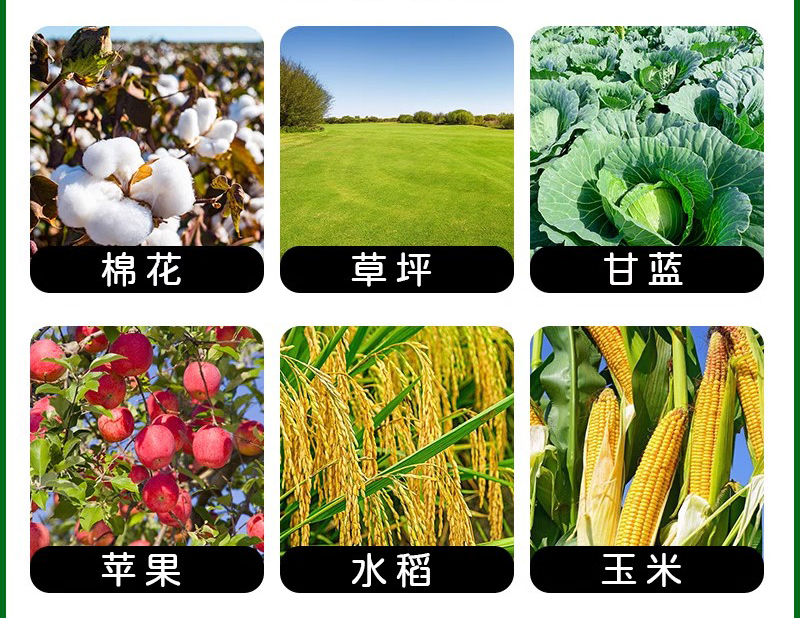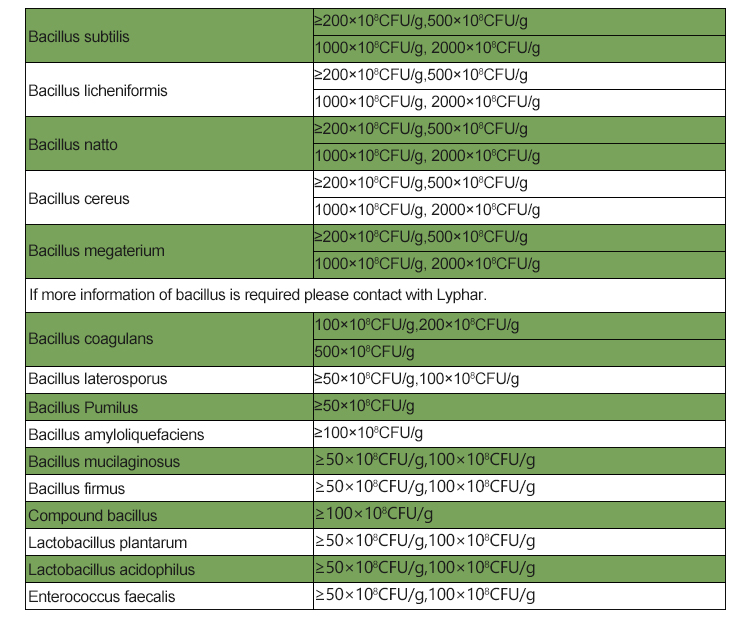Bacillus thuringiensis (Bt) is a Gram-positive bacterium that is widely studied for its insecticidal properties and its use in agriculture and pest management. Here’s a comprehensive overview:
1. Taxonomy and Biology
- Classification: Bacillus thuringiensis belongs to the genus Bacillus, family Bacillaceae, and is closely related to other Bacillus species.
- Morphology: It is rod-shaped, spore-forming, and produces crystal proteins (inclusions) during sporulation.
2. Life Cycle
- Sporulation: Under adverse conditions, Bacillus thuringiensis forms endospores, which are highly resistant to heat and desiccation.
- Crystal Protein Production: During sporulation, Bacillus thuringiensis produces delta-endotoxins (Cry proteins) that are toxic to certain insect larvae.

3. Mechanism of Action
- When ingested by susceptible insects, the Cry proteins are activated in the alkaline environment of the insect gut.
- These proteins bind to specific receptors in the gut epithelium, leading to the formation of pores, gut paralysis, and ultimately death.
4. Insecticidal Properties
- Target Pests: Bacillus thuringiensis is primarily effective against Lepidoptera (moths and butterflies), Coleoptera (beetles), and Diptera (flies).
- Safety: It is considered safe for non-target organisms, including humans, mammals, and beneficial insects, making it a popular choice in organic farming.
5. Applications
- Biopesticide: Bacillus thuringiensis is used as a biopesticide for controlling agricultural pests. It is available in various formulations (liquid, powder) for spray applications.
- Genetically Modified Crops: Some crops (e.g., Bacillus thuringiensis cotton, Bacillus thuringiensis corn) are genetically engineered to express Bt genes, providing built-in pest resistance.
6. Environmental Impact
- Biodiversity: Bacillus thuringiensis has minimal impact on beneficial insects and pollinators compared to synthetic pesticides.
- Resistance Management: Over-reliance on Bacillus thuringiensis can lead to resistance development in target pests, necessitating integrated pest management strategies.
7. Research and Development
- Ongoing research focuses on enhancing the efficacy of Bacillus thuringiensis, understanding resistance mechanisms, and exploring its potential against new pest species.

8. Regulatory Aspects
- Bacillus thuringiensis products are subject to regulation by environmental and agricultural agencies to ensure safety and efficacy.
9. Future Prospects
- The potential for Bacillus thuringiensis in sustainable agriculture continues to grow, with research into new formulations, combinations with other biocontrol agents, and understanding its ecological interactions.
Conclusion
Bacillus thuringiensis is a vital tool in modern agriculture, providing an effective and environmentally friendly method of pest control. Ongoing research and careful management are crucial to maximizing its benefits while minimizing potential drawbacks.
